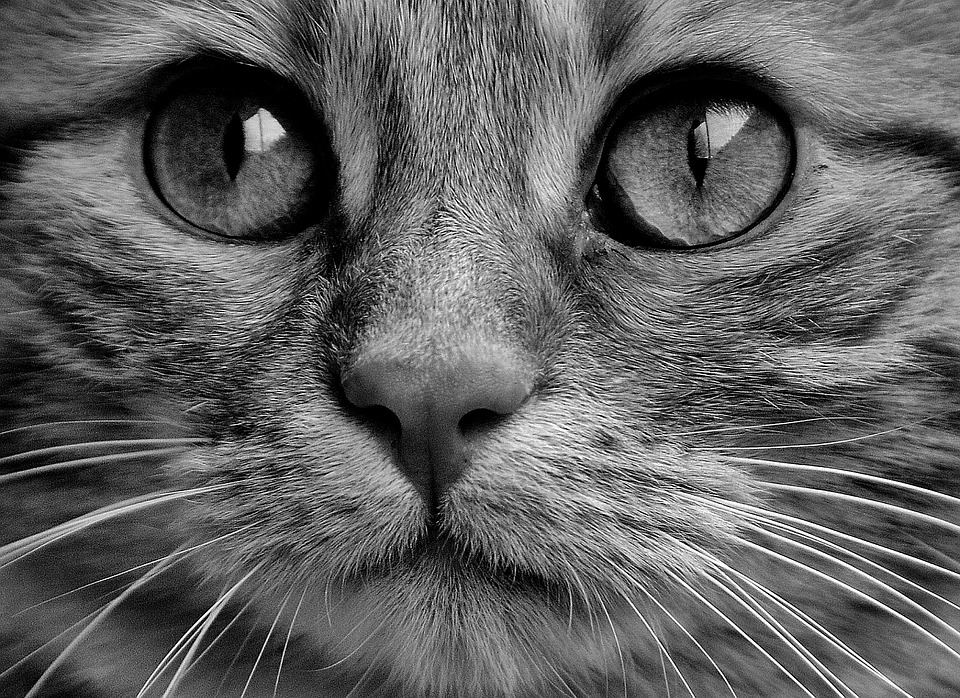*Header: Understanding Cat Acne*
Cats, just like humans, can also experience skin issues, one of which is acne. While it may sound surprising, cat acne is a common condition that affects our feline friends. In this comprehensive guide, we will delve into the causes, prevention, and treatment methods for cat acne. Additionally, we’ll address frequently asked questions to provide a holistic understanding of this condition.
*Header: What Causes Cat Acne?*
Cat acne occurs when the hair follicles on a cat’s chin become clogged with excess oil and dead skin cells. The exact cause of this condition is not fully understood, but several factors can contribute to its development:
1. **Overactive Sebaceous Glands:** Cats have sebaceous glands around their chin area that produce sebum, an oily substance. Overactive glands can lead to an accumulation of sebum, leading to acne.
2. **Poor Hygiene:** Cats with inadequate grooming habits or those with facial folds that trap dirt and bacteria are more prone to developing acne.
3. **Plastic Bowls:** Using plastic food or water bowls can harbor bacteria, leading to chin acne. Opt for stainless steel or ceramic bowls that are easier to clean.
4. **Stress:** Stress can weaken a cat’s immune system, making them more susceptible to skin issues like acne.
*Header: Preventing Cat Acne*
Taking preventive measures can help minimize the chances of your cat developing acne. Here are some tips to keep your furry friend’s chin free from acne:
1. **Regular Grooming:** Help your cat maintain good hygiene by gently wiping their chin with a warm, damp cloth. This removes excess oil and debris that could clog the hair follicles.
2. **Avoid Plastic Bowls:** Opt for stainless steel or ceramic bowls that can be easily cleaned and do not harbor bacteria.
3. **Stress Management:** Create a calm environment for your cat, provide them with ample playtime and mental stimulation, and ensure they have a comfortable resting area.
4. **Consult with a Veterinarian:** Regular check-ups with a veterinarian can help identify any underlying health issues that may contribute to acne development.
*Header: Treating Cat Acne*
If your cat develops acne, there are various treatment methods available to alleviate the condition:
1. **Topical Treatments:** Mild cases of cat acne can be treated with topical solutions recommended by your veterinarian. These may include medicated wipes, shampoos, or gels to reduce inflammation and kill bacteria.
2. **Antibiotics:** In severe cases or when infection is present, your veterinarian may prescribe oral or topical antibiotics to combat bacterial growth.
3. **Dietary Adjustments:** Some cats may benefit from dietary changes. Your veterinarian might recommend a hypoallergenic or prescription diet to identify and eliminate any potential food allergies causing acne.
4. **Avoid Squeezing or Popping Pimples:** It is crucial to resist the urge to squeeze or pop cat acne, as this can worsen the condition and lead to infection.
*Header: Frequently Asked Questions (FAQs)*
Here are answers to some common questions about cat acne:
1. **Can cat acne be contagious?**
No, cat acne is not contagious to other animals or humans.
2. **Can I use human acne products on my cat?**
No, human acne products should not be used on cats as they can be toxic and cause harm. Always consult with a veterinarian for appropriate treatments.
3. **How long does cat acne take to heal?**
The healing time varies depending on the severity of the acne. Mild cases may resolve within a few weeks, while severe cases may require months of treatment.
4. **Is cat acne painful for my cat?**
In most cases, cat acne is not painful unless an infection occurs. However, it can cause discomfort and itchiness.
Remember, if you notice any changes in your cat’s skin, it is essential to consult with a veterinarian for an accurate diagnosis and appropriate treatment. With proper care and management, cat acne can be effectively controlled, ensuring a happy and healthy feline companion.








